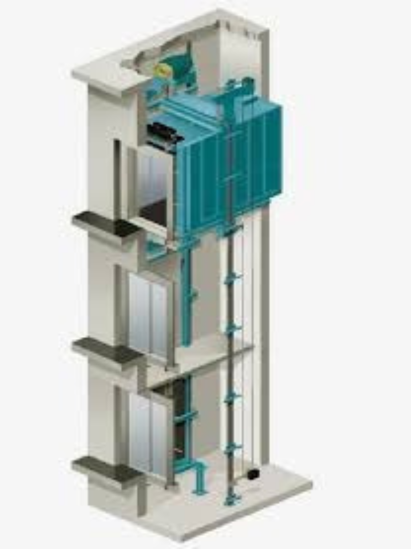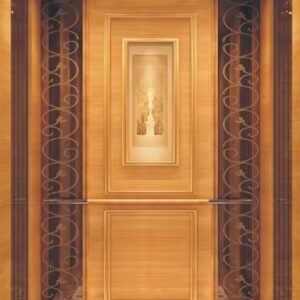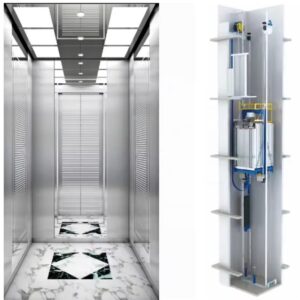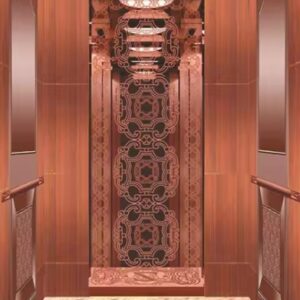4 floor building lift price
The cost of a lift for a 4-floor building depends on factors like type, capacity, speed, and installation complexity. Hydraulic lifts are more affordable, while traction lifts offer efficiency. Prices vary based on customization, safety features, and maintenance needs. Consulting a supplier ensures an accurate estimate based on specific requirements.
Product Description
4-Floor Building Lift Price
The price of a lift for a 4-floor building depends on several factors, including the type of lift, capacity, brand, installation requirements, and additional features. Elevators designed for low-rise buildings like a 4-floor structure are generally more affordable than high-rise models. However, costs vary significantly based on technology, design, and customization options.
Types of Lifts
One of the primary factors affecting the price is the type of lift. Hydraulic lifts operate using fluid pressure and are commonly used in low-rise buildings due to their cost-effectiveness and ease of installation. These lifts are typically less expensive than traction elevators but may require more maintenance over time.
Machine-room-less (MRL) traction lifts, on the other hand, offer energy efficiency and smooth operation while eliminating the need for a separate machine room. Despite their slightly higher initial cost, they are a popular choice. Traditional geared traction lifts, though durable, require additional space for a machine room, increasing installation expenses.
Capacity and Size
Capacity and size also play a significant role in determining the cost. A standard passenger lift with a capacity of 4 to 6 people is usually more affordable than a larger model designed for 10 or more passengers. Buildings with high foot traffic, such as hotels or commercial spaces, may require larger lifts, increasing costs due to more powerful motors and enhanced safety features.
Similarly, wheelchair-accessible lifts or lifts designed for transporting heavy loads in commercial or industrial settings may come at a premium due to specialized components.
Speed Considerations
The speed of the elevator impacts pricing as well. For a 4-floor building, a standard-speed lift (typically around 0.5 to 1 meter per second) is sufficient and budget-friendly. However, high-speed lifts, often found in premium residential complexes or office buildings, require advanced technology and sophisticated control systems, significantly increasing costs.
Installation Costs
Installation costs depend on the complexity of the project. Installing an elevator in a newly constructed building is generally more cost-effective than retrofitting one into an existing structure. Retrofitting may require structural modifications, such as reinforcing the shaft, adjusting electrical systems, and ensuring compliance with local safety regulations. These factors contribute to higher overall costs.
Customization and Features
Customization and luxury features can further impact the price. Basic models with standard interiors and simple control panels are more affordable. High-end options featuring glass panels, decorative lighting, touch-screen controls, and premium cabin materials add to the overall expense.
Many modern elevators also come with smart technology integration, allowing remote monitoring and energy-efficient operation, which can influence total costs.
Maintenance Costs
Maintenance costs should also be considered when determining the overall price of a 4-floor building lift. Regular servicing is necessary to ensure safety and efficiency. While some lifts have lower maintenance requirements, advanced models with complex technology may need more frequent servicing, adding to long-term expenses. The cost of installing a lift in a 4-floor building can range from an affordable budget option to a high-end customized solution, depending on specifications and requirements. To get an accurate estimate, consulting an authorized lift provider is recommended to assess building conditions and specific needs.













Reviews
There are no reviews yet.